Mijail Kabadjov
Sentiment Analysis in the News
Sep 24, 2013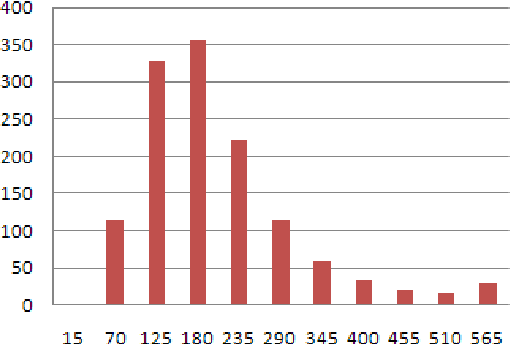

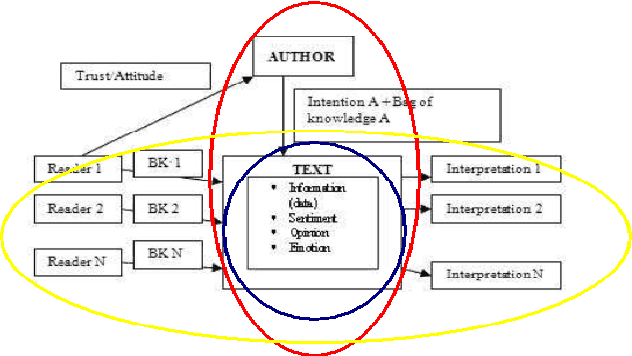
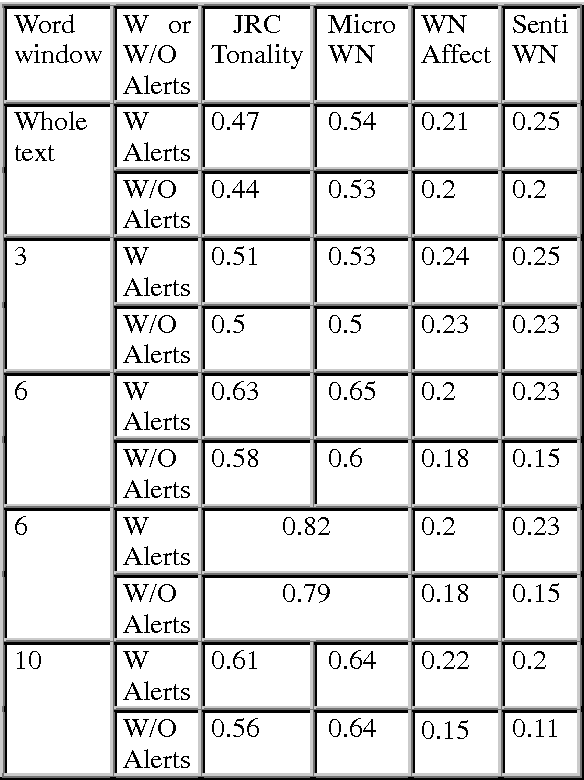
Abstract:Recent years have brought a significant growth in the volume of research in sentiment analysis, mostly on highly subjective text types (movie or product reviews). The main difference these texts have with news articles is that their target is clearly defined and unique across the text. Following different annotation efforts and the analysis of the issues encountered, we realised that news opinion mining is different from that of other text types. We identified three subtasks that need to be addressed: definition of the target; separation of the good and bad news content from the good and bad sentiment expressed on the target; and analysis of clearly marked opinion that is expressed explicitly, not needing interpretation or the use of world knowledge. Furthermore, we distinguish three different possible views on newspaper articles - author, reader and text, which have to be addressed differently at the time of analysing sentiment. Given these definitions, we present work on mining opinions about entities in English language news, in which (a) we test the relative suitability of various sentiment dictionaries and (b) we attempt to separate positive or negative opinion from good or bad news. In the experiments described here, we tested whether or not subject domain-defining vocabulary should be ignored. Results showed that this idea is more appropriate in the context of news opinion mining and that the approaches taking this into consideration produce a better performance.
JRC-Names: A freely available, highly multilingual named entity resource
Sep 24, 2013
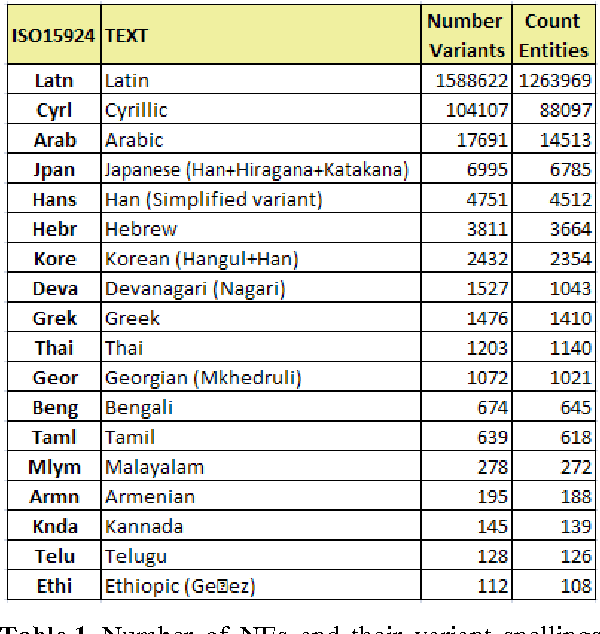
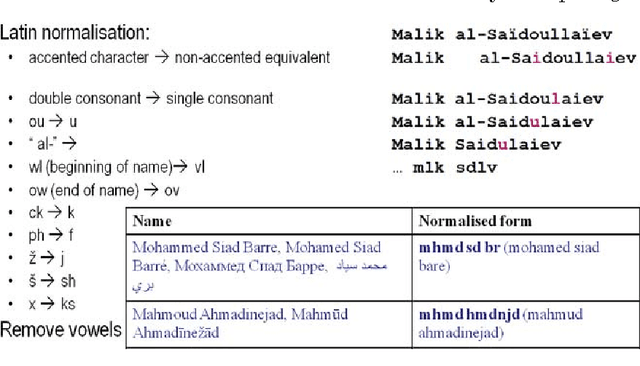
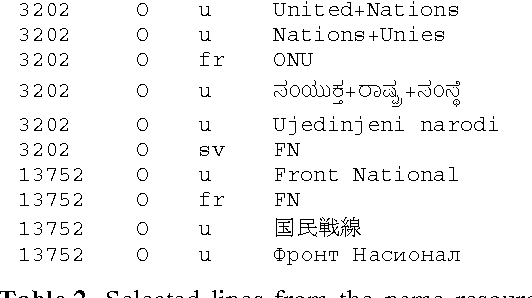
Abstract:This paper describes a new, freely available, highly multilingual named entity resource for person and organisation names that has been compiled over seven years of large-scale multilingual news analysis combined with Wikipedia mining, resulting in 205,000 per-son and organisation names plus about the same number of spelling variants written in over 20 different scripts and in many more languages. This resource, produced as part of the Europe Media Monitor activity (EMM, http://emm.newsbrief.eu/overview.html), can be used for a number of purposes. These include improving name search in databases or on the internet, seeding machine learning systems to learn named entity recognition rules, improve machine translation results, and more. We describe here how this resource was created; we give statistics on its current size; we address the issue of morphological inflection; and we give details regarding its functionality. Updates to this resource will be made available daily.
 Add to Chrome
Add to Chrome Add to Firefox
Add to Firefox Add to Edge
Add to Edge